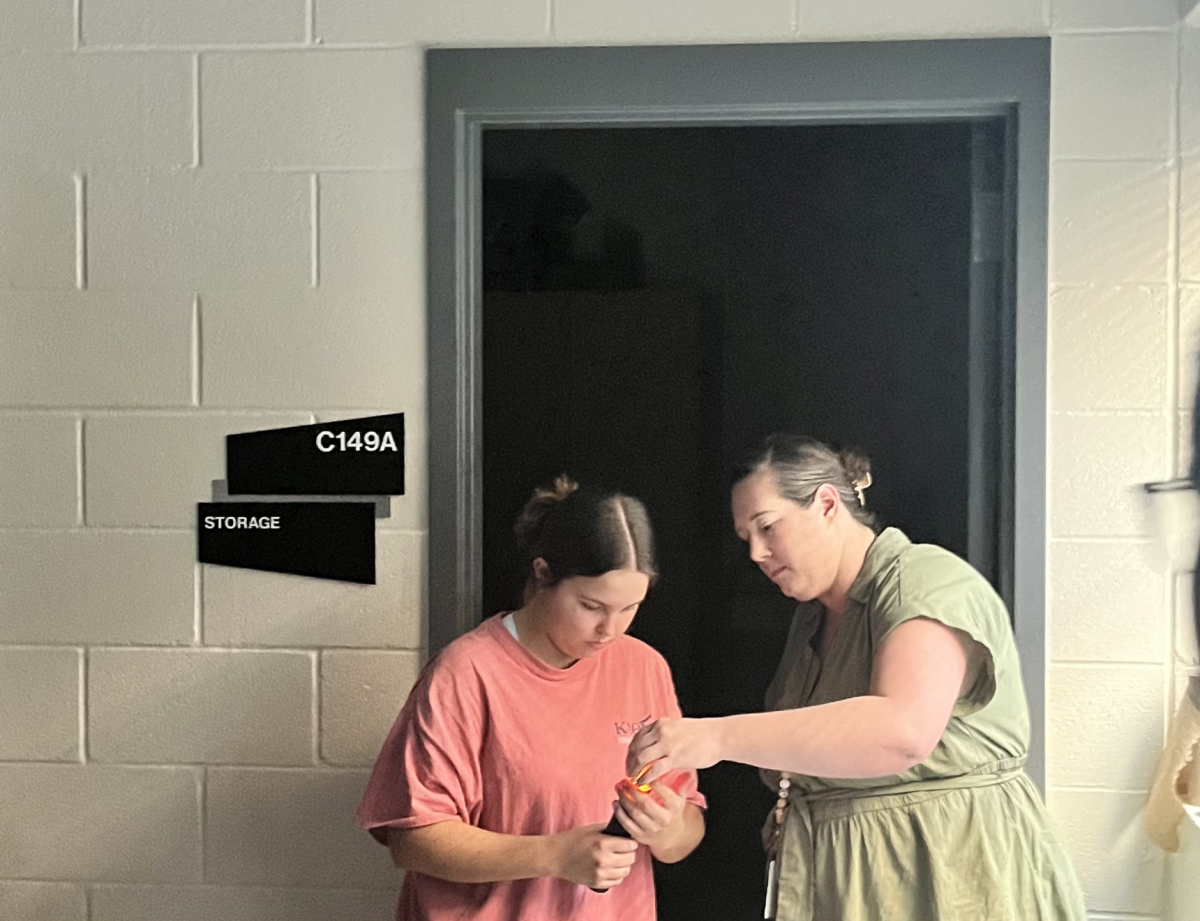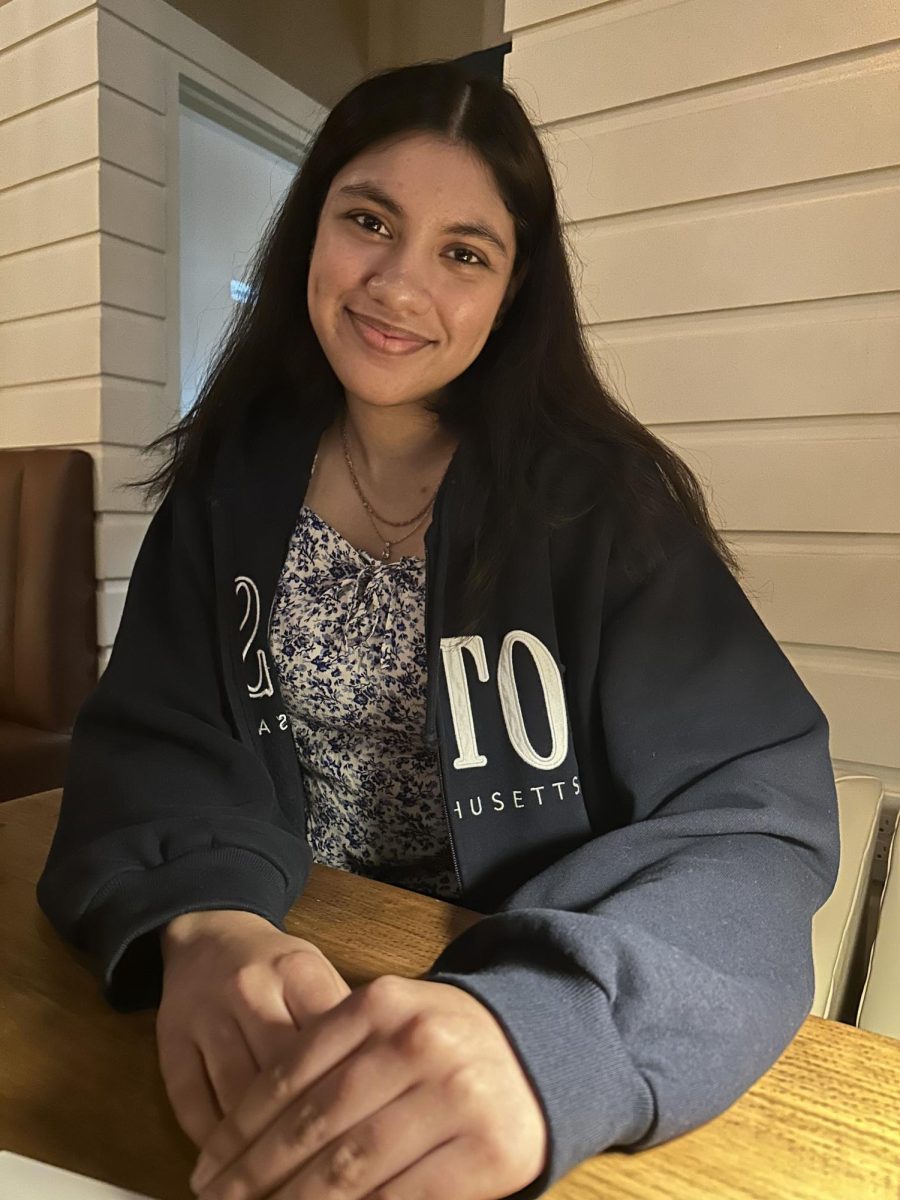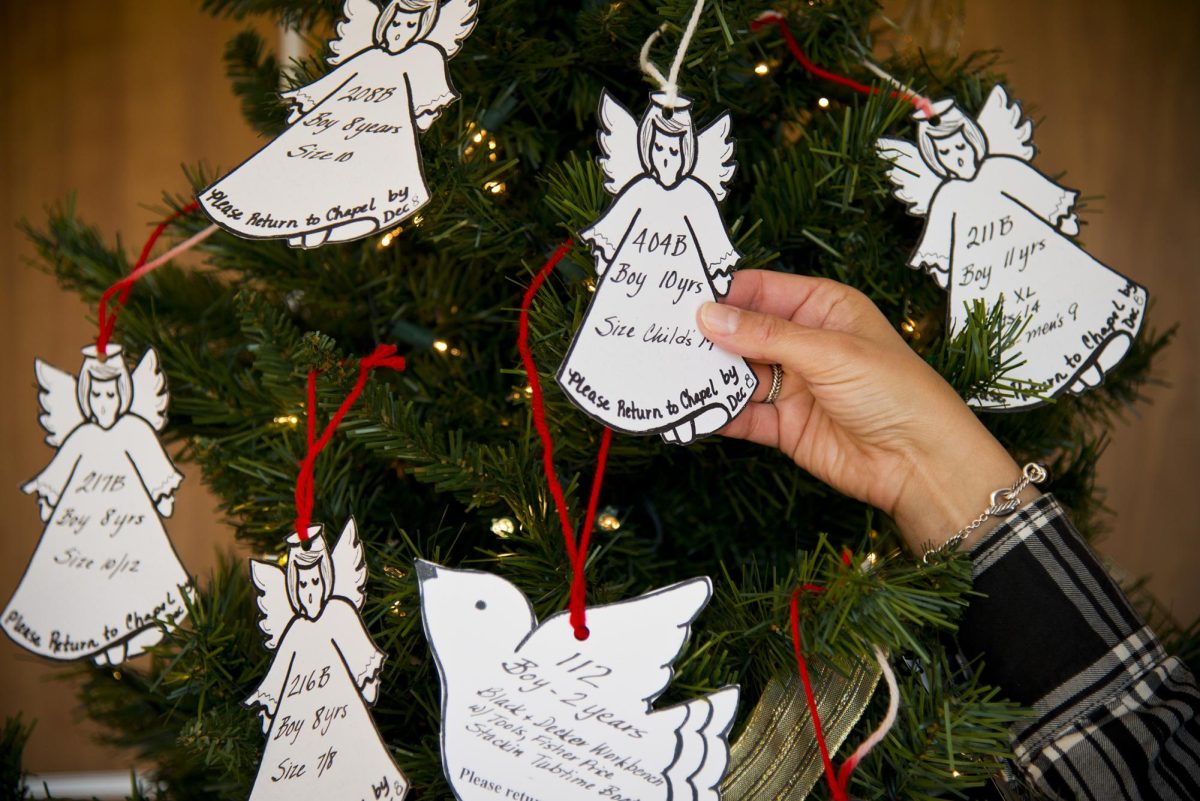
The National Highway and Traffic Safety Association estimates that 3,000 people are killed every year due to distracted driving accidents.
Among these, a steadily increasing number comes from texting and driving.
To combat this issue, the North Texas Tollway Authority (NTTA) is partnering with local schools through its ‘Red Thumb’ Campaign, which works towards raising awareness on the dangers of distracted driving.
Representing FISD, the Career and Technical Education (CTE) Center’s Animation I program is participating in the campaign’s annual competition, which involves a student-design challenge to create a video for the organization’s cause.
“[The contest is especially] important as the students get their own licenses, since it’s the time when we need to drill into them that they can’t text and drive,” Yolanda Barnaby, in her second year of teaching the class, said. “[As the students work on their submission], they learn the applicability of the skills [covered in the class through] a real-life situation.”
Created in 2015, the campaign itself gets its name from its goal to encourage drivers to color some part of their thumb red to remind them to not use a device when driving. For the competition, students split into groups of two or three, and are tasked with designing a video ranging from six to 60 seconds. Each student focuses on an element of the submission, such as the characters or background, and winning schools receive a monetary prize.
“Students strategize and create their intended goal of their video,” Barnaby said. “They use [animation elements of] lighting, scenery, characters, motion, movement, and timing to cohesively [create] a post-production of a professional message.”
The contest is a valuable opportunity for students to expand and hone their animation skills, particularly how these techniques can be used to convey emotions and capture the attention of an audience.
“[Prior to the contest], we were making [quick] 10-second-long videos,” Minseong Kim, a sophomore at Emerson High School, said. “Now, [however], we really have the time to go through two or three minutes, with actual characters that tell an [overarching] story.”
One of these skills includes the walk cycle, a basic animation method to make a character walk. Here, an animator considers details, including the rhythm of the character’s gait, in addition to the movement of their hips and legs.

“The walk cycle is [one the first things] they look at when you go to get a job in the professional world,” Barnaby said. “[For instance, when] you’re the low man on the totem pole, [the employer might say] ‘let’s see your walk cycle’. This class is preparing them [for that situation], as they’ve learned the concepts and the principles of making a character walk.”
In addition to technical skills, students practice collaboration and self-accountability. In the storyboard process, students work in groups to plan out their submissions frame-by-frame, either digitally or by hand.
“Even though we’re not animating at the level of Disney or professional animators, we still follow the same steps that [they would] in the real-world [as they] go through their whole creative process,” Liberty sophomore Gurudhayaa Giri said. “When it comes down to working with my peers. or talking to the teacher about deadlines, I’m still using communication and collaboration skills.”
For many students, the course is a creative outlet. When students first enter the class, they work in their sketchbooks, and draw a different sketch each day, according to the image-prompt Barnaby displays on the board.

“[The prompt] could be a bird, a ball, a tree, a house, or [any other object or character],” Barnaby said. “[The point of the exercise is] to hone in on their drawing [skills], because they’re going to have to mainly focus on that [in this field]. I have students that come in here that might not be [as proficient] in other areas, but they love to sketch– they might go into their bedrooms at night and just draw. When they come in here, they realize that this is accepted, and they’ll get a good grade for it, instead of it being a fun hobby. [In the future], they also learn to be professional in [their passion].”
Ultimately, Barnaby believes the contest is offering a unique way for students to explore their passions while giving back to the community.
“[Animation] isn’t something that everybody enjoys, but some people love [it],” Barnaby said. “Through their participation [in the contest], students give back to their community in meaningful ways. [Simultaneously,] they improve their skills [so that] they can get an animation across the screen that they truly feel proud of. It may start off as a little box, and [before they realize it,] they’ve created a whole cityscape. That, to me, is fun.”






